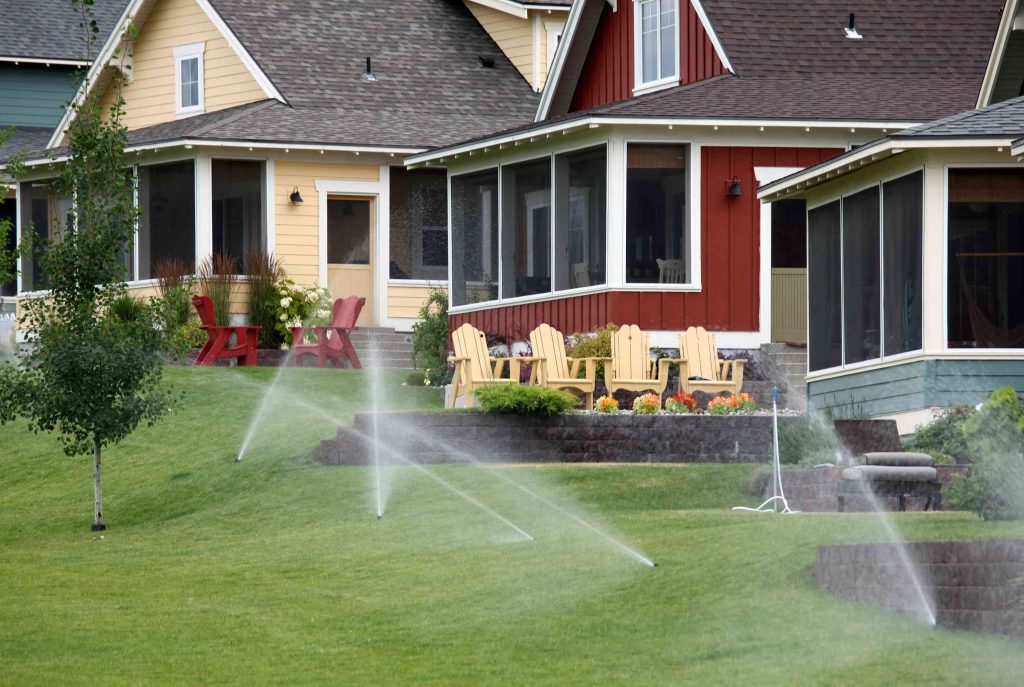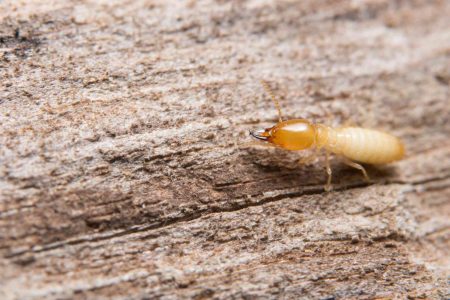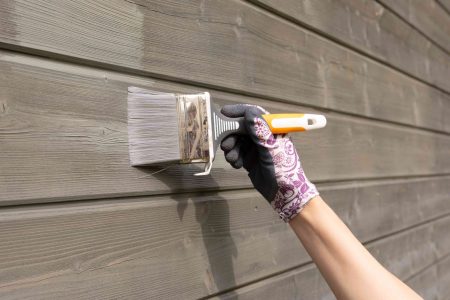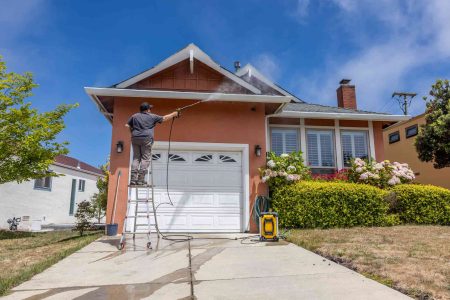A malfunctioning or broken sprinkler valve may make itself known with an area of dry grass that indicates the valve isn’t turning on properly. Conversely, when a group of sprinkler heads don’t turn off when they should, it also hints at a problem with the sprinkler valve. Addressing a sprinkler valve repair at the first signs of trouble can minimize damage to the lawn or prevent a significant waste of water.
Two of the most common problems with a sprinkler valve are a failed solenoid (valve won’t turn on) and debris in the valve or damage to the valve diaphragm (valve won’t turn off).
Valve Not Turning On
When a sprinkler valve is not turning on, it can be due to an electrical problem, a water supply issue, or a failed solenoid. A good place to start is by ruling out a water supply problem. To do this, check the other sprinkler valves to ensure they are getting water and turning on as usual. If none of the valves comes on, it suggests that the water shutoff valve to the entire sprinkler system may be the issue. For example, the problem might be that the water source is turned off and just needs to be turned back on.
If only one valve is not turning on, check to see if it will turn on manually. Many valves have a switch or lever on the valve itself that allows you to activate the valve without electricity. If the valve works when activated manually, the problem is likely due to a bad wire connection or a bad solenoid on the valve.
Check the wires first. Make sure there is good contact at the point where the system wires connect to the solenoid wires and that there are no cuts or breaks in the wires. If the wires look fine, move on to the next step: replacing the solenoid.
How to Replace a Valve Solenoid
Replacing the solenoid is an easy sprinkler valve repair. Home centers and sprinkler equipment suppliers carry replacement solenoids for specific valve brands and models. To ensure an exact match, bring the old solenoid with you to the store.
- Shut off the water supply to the sprinkler system.
- Remove the two wire connectors on the wires leading to the bad solenoid, then untwist the wires to separate them.
- Remove the old solenoid from the sprinkler valve by turning it counterclockwise.
- Install the new solenoid by turning it onto the valve clockwise until it is hand-tight or it clicks into place.
- Connect the wires of the new solenoid to the system wires, as before, using wire connectors. Use waterproof wire connectors or protect standard wire connectors with grease caps.
- Turn the water supply back on—slowly at first so the pressure doesn’t damage the valve—and test the valve for proper operation.
Valve Not Turning Off
When a sprinkler valve is not turning off it may be due to debris inside the valve or because the diaphragm (rubber gasket) inside the valve is damaged. If the diaphragm is torn or damaged, it will not be able to stop all of the water so the sprinklers will not turn off. Rebuilding is a fairly common sprinkler valve repair, and rebuild kits that include a replacement diaphragm are available for many valves. It is a good idea to have a rebuild kit ready before opening the valve, just in case the diaphragm needs replacement.
How to Rebuild a Sprinkler Valve
- Shut off the water to the sprinkler system. Clear the area around the valves to avoid getting anything inside the valve when it is open.
- Remove the solenoid from the valve body by turning it counterclockwise, and set it aside.
- Remove the screws that are holding the bonnet in place. Carefully remove the bonnet, spring, and diaphragm, taking note of how they are positioned so you can reassemble the valve in exactly the same way.
- Inspect the diaphragm for any tears or damage. Even minor damage can prevent the diaphragm from stopping the flow of water.
- Inspect the inside of the valve for small rocks or sand that may be obstructing the seal of the diaphragm.
- If it looks to be in good condition, reinstall the diaphragm. If it is damaged, replace it with a new one. Be sure to position the diaphragm in the same way as it was before, taking special care to align the diaphragm openings with the screw holes in the valve body.
- Position the spring and bonnet back into place.
- Reinstall the solenoid by twisting it back on clockwise until it is hand-tight or it clicks into place.
- Turn the water supply back on—slowly at first so the pressure doesn’t damage the valve—and test the valve for leaks. Confirm that the valve turns on and off properly.
Read the full article here














